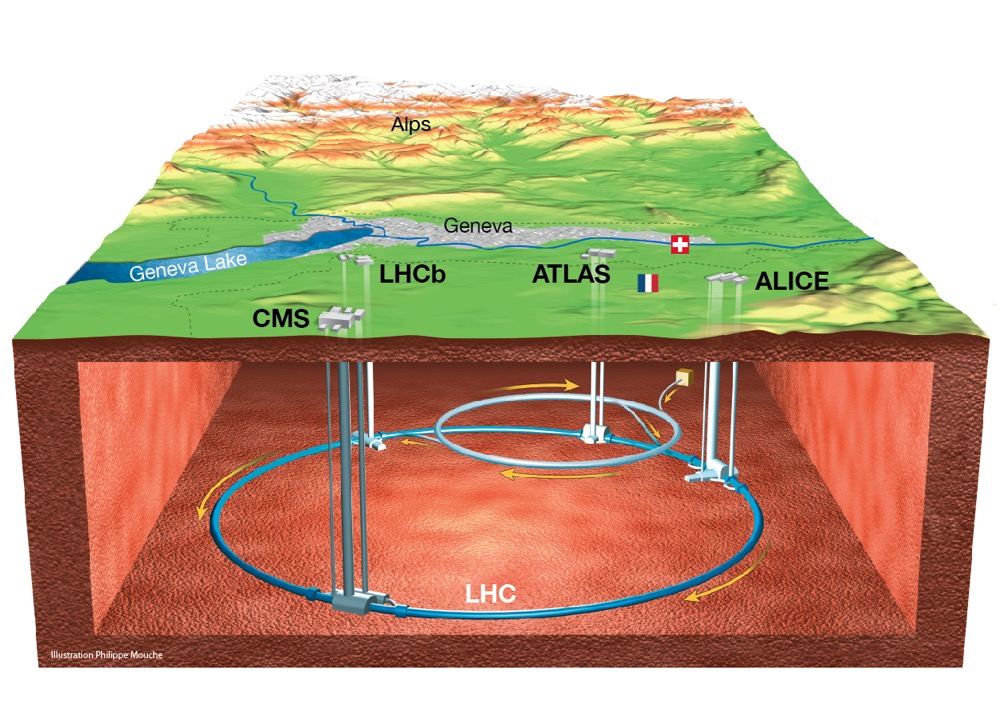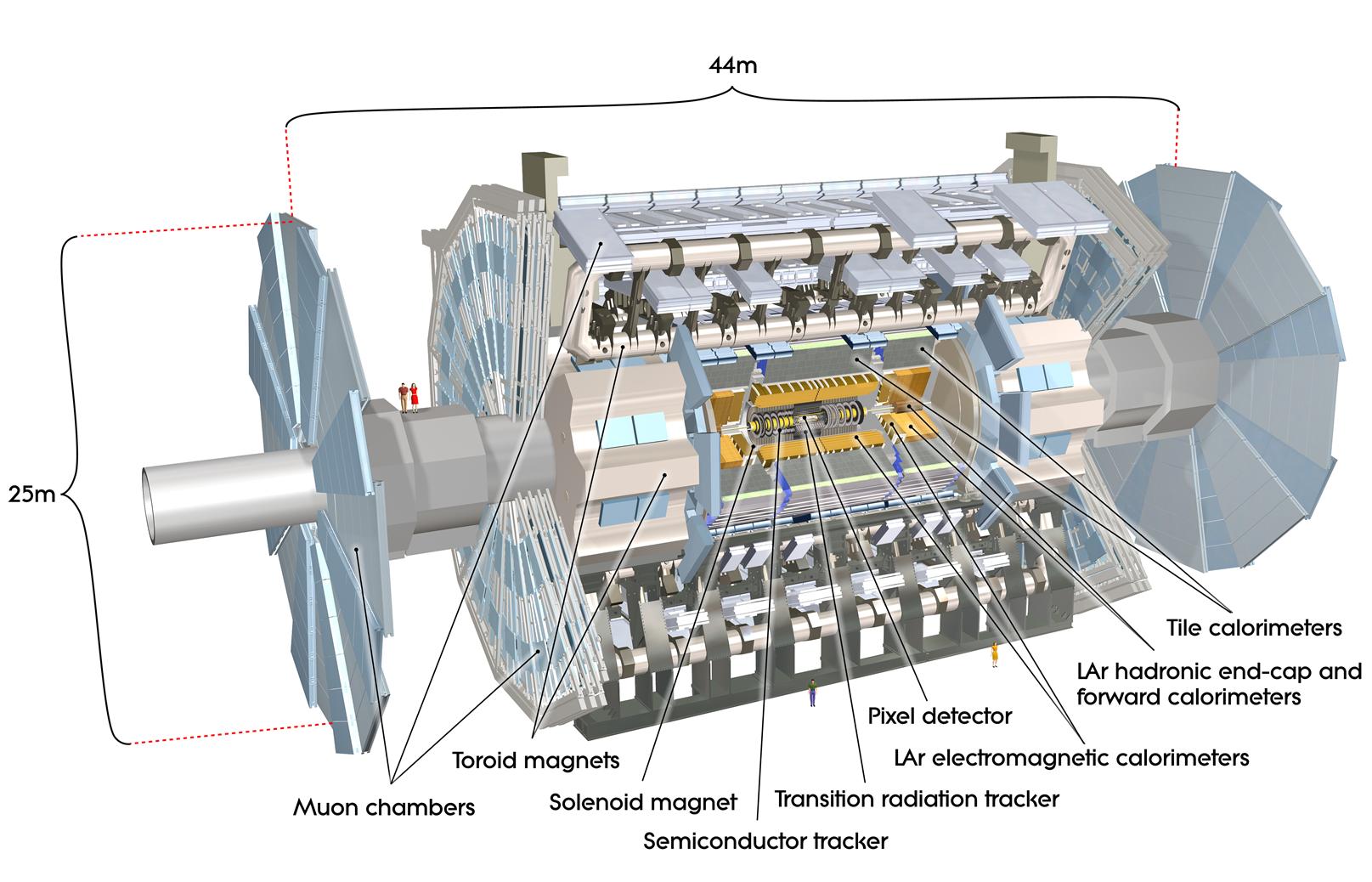What's our research motivation?
We aim to reveal the nature of elementary particles with high energy and high intensity accelerators.
What are Elementary Particles ?
The world is full of various substances, and all substances consist of atoms. Atoms are made up of electrons and nuclei. According to our current understanding, quarks (which make up protons and neutrons) and fermions (electron, muon, neutrinos, etc.) are the smallest components that make up the matter in the universe. Also, the 4 forces in nature can be understood using the 4 guage bosons; photon for eletro-magnetic force, weak bosons for the weak force, gluons for the strong force and the graviton for gravity. Finally, we also have the Higgs boson, responsible for the generation of mass of the bosons and fermions. Altogether, we call these smallest components which make up our universe as "elementary particles".
Search for elementary particles
By accelerating particles to high energy and colliding them together or hitting a target with them, we can produce heavy particles. They subsequently decay into lighter particles as well as the elementary particles. This process is a key to investigate interactions and properties of the elementary particles.
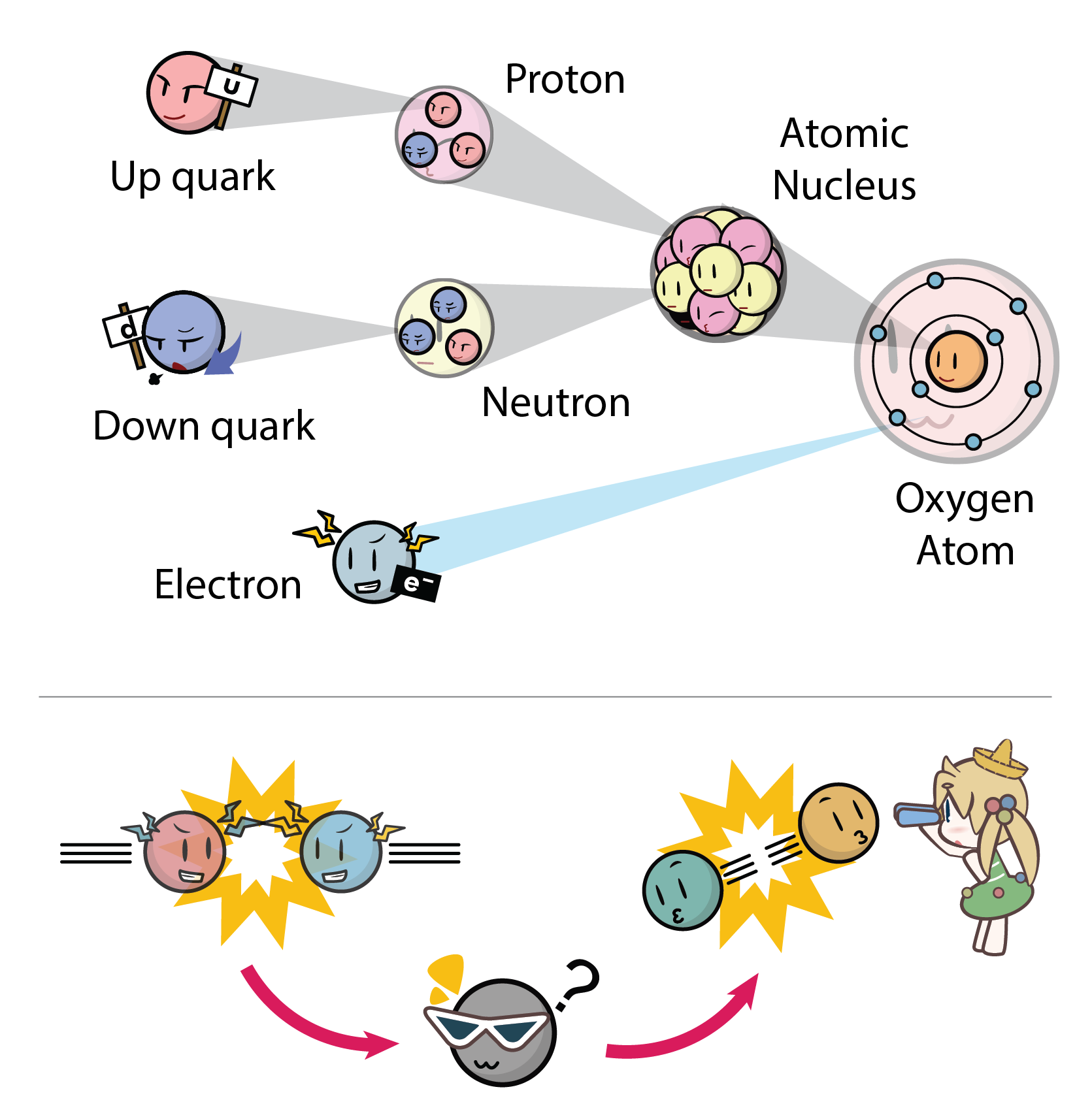
The KOTO (K0 at Tokai) Experiment
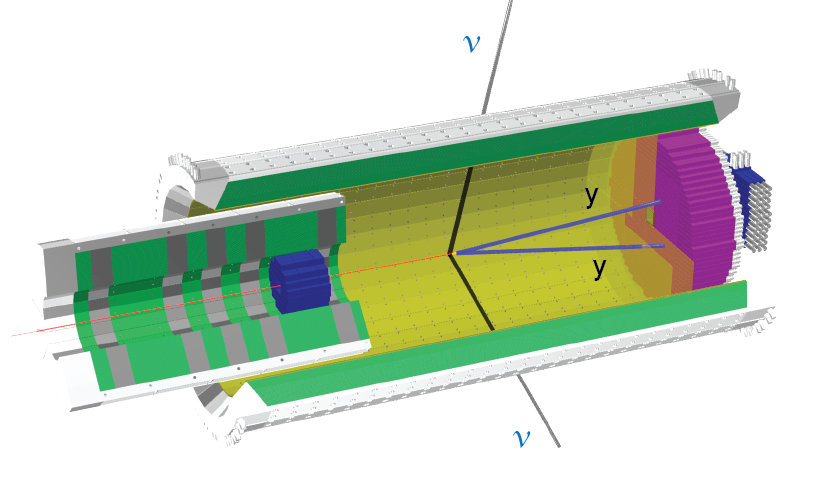
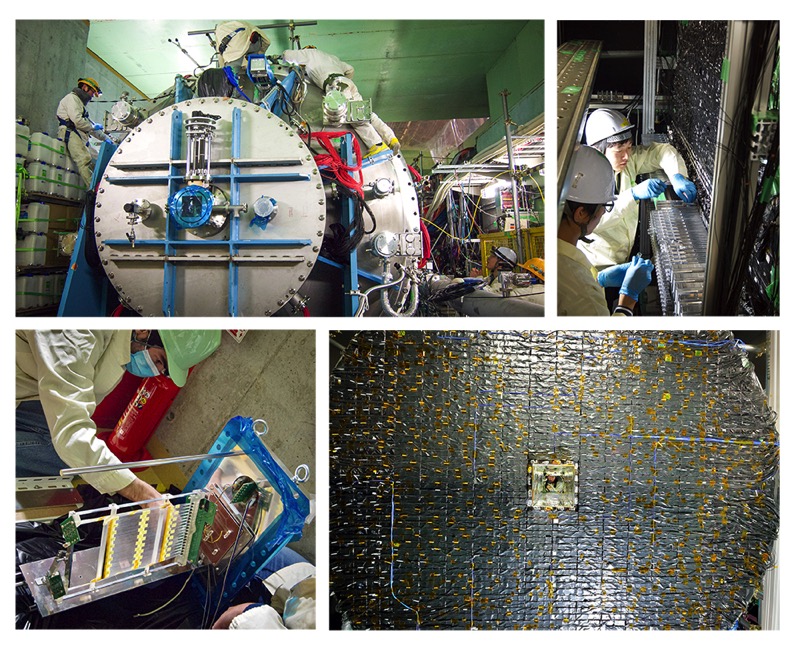
What's our goal?
At the beginning of the universe, the same numbers of particles and anti-particles were created, but currently only matter consisting of particles exists. This matter dominance in the universe, and the disappearance of anti-matter, is still an unsolved mystery in particle physics. Hence, this asymmetry suggests the existence of new physics which violates symmetry between particles and anti-particle (CP symmetry). In KOTO, we are searching for such CP-violating rare Kaon decay KL→π0νν to look for evidences of new physics.
Data Acqusition
We have finished taking data from 2015 to 2020, and we plan to acquire more data in the coming years in order to increase the sensitivity of our results.
As the Osaka Group
Left figure shows the CsI Electromagnetic Calorimeter consisting of 2716 CsI crystals, which is used to detect signal events. Previously, we installed new silicon sensors (MPPC) onto the CsI calorimeter to reduce more background events. Recently we have developed (and are developing) an Upstream Charged Veto (UCV) detector in order to further reduce background events.
The ATLAS (A Toroidal LHC Apparatus) Experiment
Introduction
ATLAS is one of the 4 major experiments at the Large Hadron Collider (LHC) in CERN, and in 2012, together with the CMS experiment, we discovered the Higgs boson. We can produce and study massive particles by using the highest energy proton-proton collider (LHC), and observe them with the ATLAS detector. The ATLAS detector is a multi-purpose detector, and this enables us to explore a wide range of physics processes. Hence, today the ATLAS collaboration is performing various studies like precision measurements of the Higgs bosons properties, and also searches for Supersymmetric (SUSY) particles (SUSY particles may give us a hint on the nature of dark matter in the universe).
As the Osaka Group
The ATLAS detector consists of inner trackers, calorimeters, and muon trackers. The Osaka group in invloved in the R&D of silicon pixel detectors for the next generation inner tracker (ITk) detector . We are also involved with the operations and performance studies of the current silicon strip detector (SCT) system. Futhermore, Ph.D. students stay at CERN and work on analysis of physicis data.
